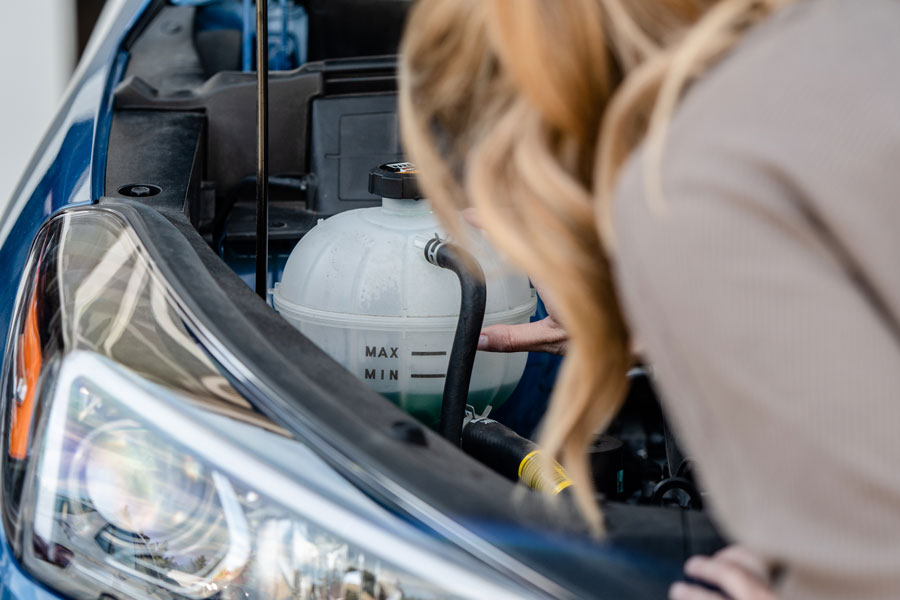
The weep hole serves as an early warning system that the water pump is failing and needs to be replaced. Weep hole – The water pump weep hole allows coolant or oil to escape from the pump if the internal seal or bearing begins to fail, which would cause much more damage.Usually, a leak will start as a pinhole size that progressively worsens until the water is constantly dripping from it. Water pump sealing gasket – Gaskets are typically made from gasket paper, metal, or plastic.However, when the engine is cold, and the engine is off, gravity takes over, and coolant can leak out of a few places on a water pump: Because water pumps move water at a very high rate, the leak may be much less noticeable when the engine is running because the water is in constant motion. The water pump circulates coolant throughout the engine. For example, with a head gasket, because the coolant leak will mean anti-freeze is getting into the engine cylinder when you start the car, significant amounts of white smoke will come from the exhaust until the coolant has burnt away. There are many in the engine bay that you may experience a leak from when the engine is cool.ĭepending on which part is causing the leak in this, you may also experience other issues or indicators when driving that will point you toward the cause of the fault. This is not exclusive to the heat gasket. Gaskets such as the head gasket can leak when the engine is cold but partially seal themselves when it is hot. Gasket issuesįor the same reason, coolant leaks out of connections in joins on coolant hoses, the metal expanding and contracting. Because the hose is still in place, it will usually be relatively slow, which is most noticeable as a puddle on the floor when the car is left overnight.
Coolant leaking from water pump gasket crack#
But when the engine cools, the metal contracts, the leaking crack is then ‘opened,’ and the coolant leaks. Because the metal expands and contracts, the crack seals when the coolant and engine are hot. If the connectors or connections are metal, i.e., on the engine block itself or a metal radiator, you can get an issue if there is any damage or a split on the connection. You might think the hose would blow off if the clamp has come away, but if it has been on the car for some time, they almost fuse onto the engine or radiator outlets. Now this isn’t necessarily a problem with the coolant hose, it could be a weak, deteriorated hose, but more commonly, the hose clamp has rusted away and is now missing. This is especially important to remember that the leak could become much worse at any time.

One thing to remember with coolant leaks that only seem to appear when the engine is cold is they may also be there when the engine is running, but for one of the reasons below, they may not be noticeable. What happens if you ignore a coolant leak?Ĥ Causes of a coolant only when the engine is cold.Is it safe to drive if the coolant only leaks when the engine is cold?.

Can a coolant leak just stop on its own?.4 Causes of a coolant only when the engine is cold.


 0 kommentar(er)
0 kommentar(er)
